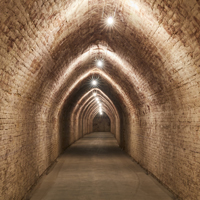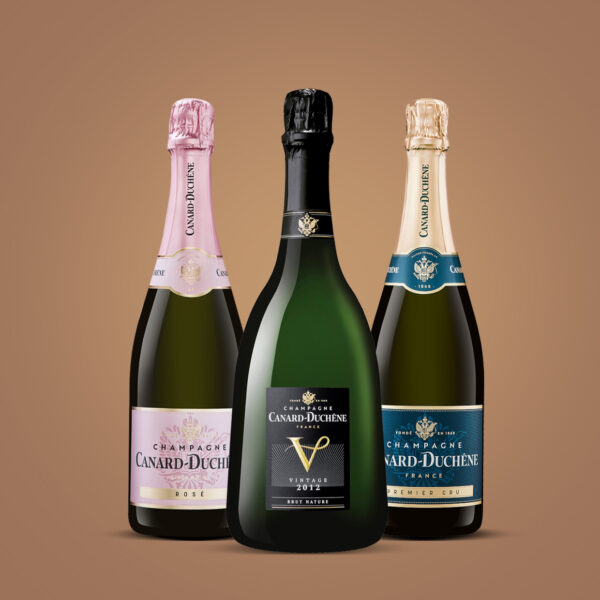The Mag
The 2021 harvest

Traditionally, the harvest begins at the end of August or during September, depending on the ripeness of the grapes, and generally lasts three weeks. The date is not chosen at random, it is the result of a proven methodology created in 1956 which allows us to determine the best time to start the harvest. With a certain amount of flexibility, however, as each winegrower remains in control of their own schedule. In 2020, the harvest was the earliest in the history of the Champagne region, in some areas it even began on 17 August, an exceptional year in terms of quantity and quality. Let’s hope that 2021 will be just as good!

Relying
on the ripening network
The beautiful story would be to believe that the harvest is done by intuition, but it is not. The choice of harvest date is determined by the “ripening network” created in 1956: on more than 600 control plots, bunches are taken twice a week and carefully studied. Weight, sugar content, acidity, percentage of veraison (ripening) and grey rot (a harmful fungus) are all examined. This monitoring system makes it possible to set a date for the start of the harvest by grape variety and by vintage. It is of course the harvester who ultimately decides, but the network is a great indicator to avoid picking too early or too late.

2021,
a later year?
In Champagne, the harvests follow one another but are not the same. An old Champagne adage says “year in 1, year out!” Let‘ s hope to it’s wrong this year. The Champagne Committee recalls the average date of budburst (opening of the buds) around 8-9 April for Chardonnay, and around 12-14 April for Pinot Noir and Meunier, followed by flowering by 9 June. This year the harvest will be done mid-September, a little later than last year.
Hand-picked
only
The grape harvest is a particularly exciting time of the year, like the finale of a firework display. Around 120,000 people – known as ‘Hordons’ in French – will be involved in the grape harvest for three weeks. The grapes must be picked whole and intact, hence the obligation to harvest them by hand only, a constraint (but also a luxury!) that dates back to the 18th century. The grapes are then placed in special crates to prevent ripening and transported to the press, which is located near the vineyard. The adventure starts, in February or March we will proceed to the tasting of the clear wines: the champagne before the sparkling. The production is tasted, evaluated and scrutinised by the Cellar Master and their teams who form an initial opinion on the past harvest and its potential. Perhaps a vintage year?
These articles may be of interest to you

Knowledge
The teams take the floor: wine tourism
Elles travaillent de concert sur la partie œnotourisme et événementiel du Domaine Canard-Duchêne. Florence Giron (Responsable Visite & Réception) et Naïs Guyot (Assistante…

Knowledge
“Sabrer” or “sabler” champagne?
Étonnement, ces deux termes à la consonance assez proche n’ont pas la même signification. Si le sabrage fait référence à un rituel empreint…




